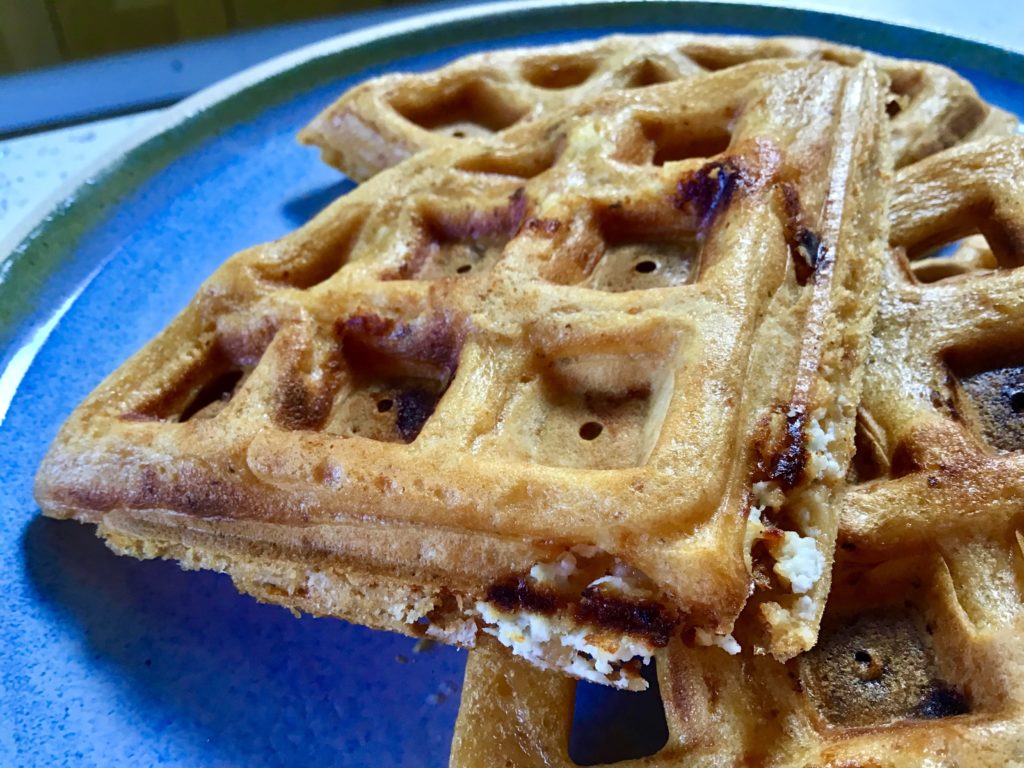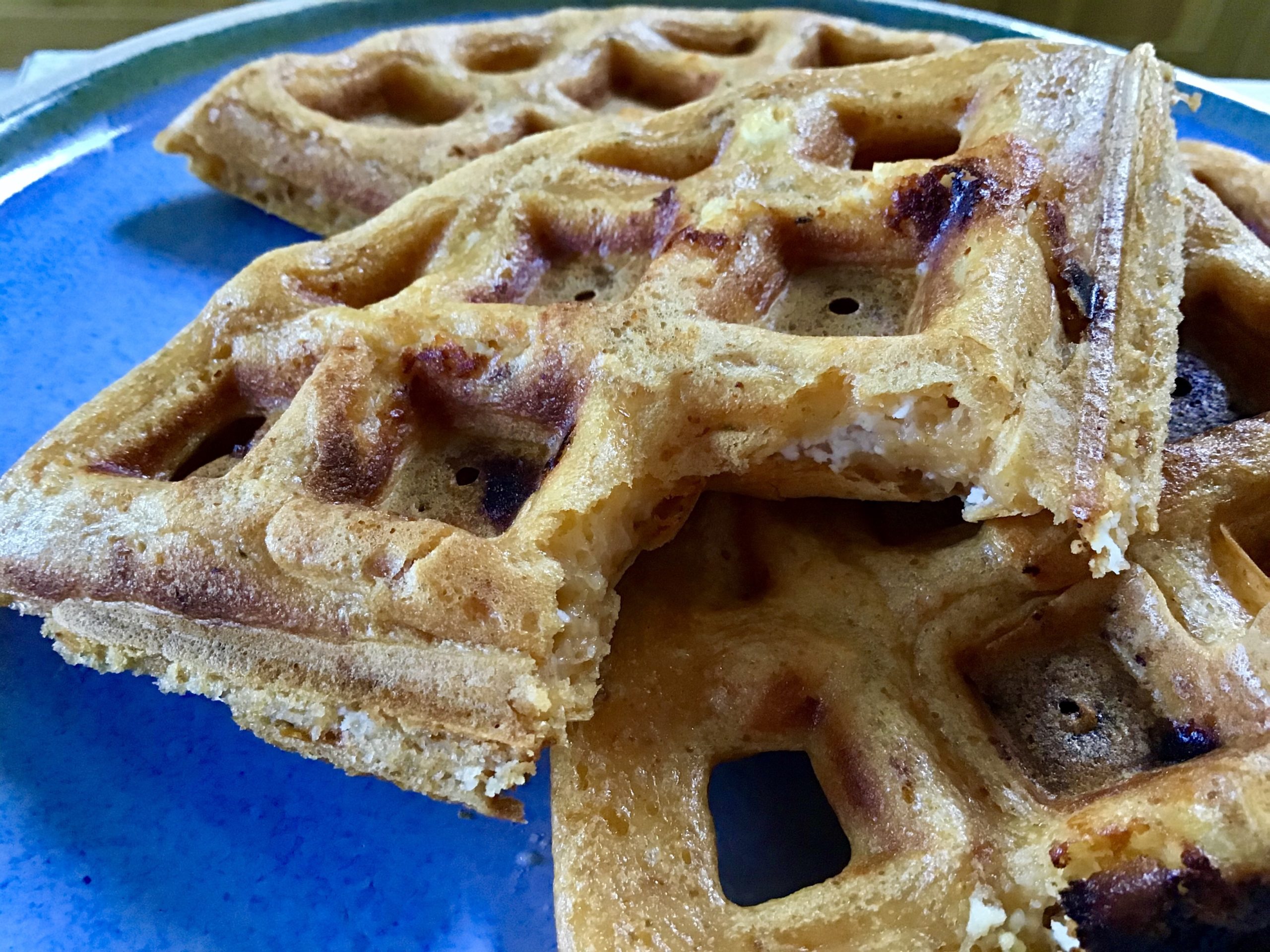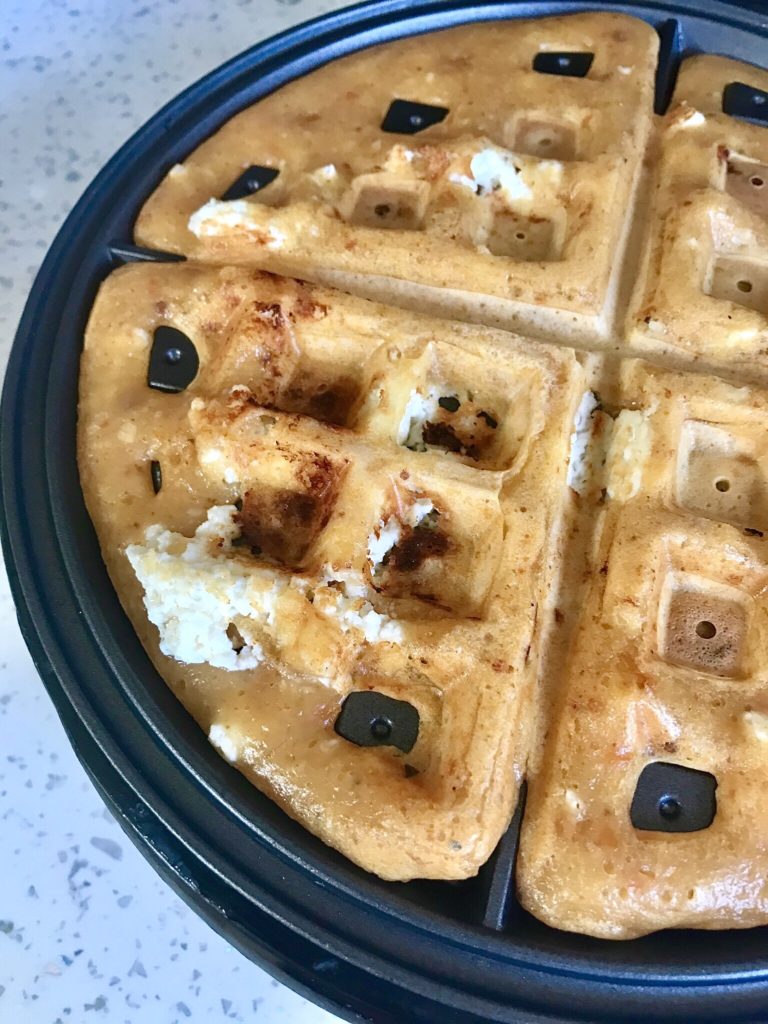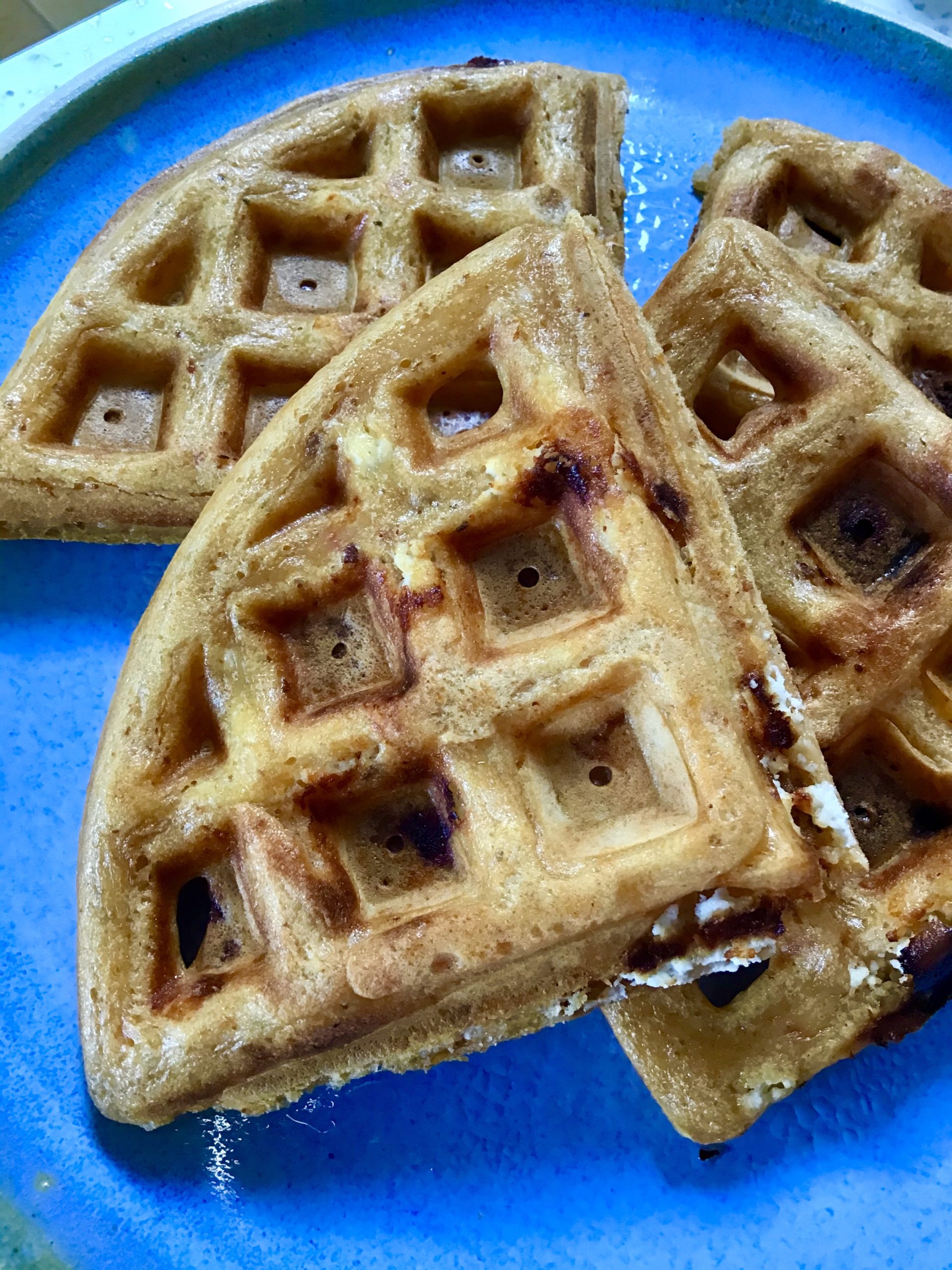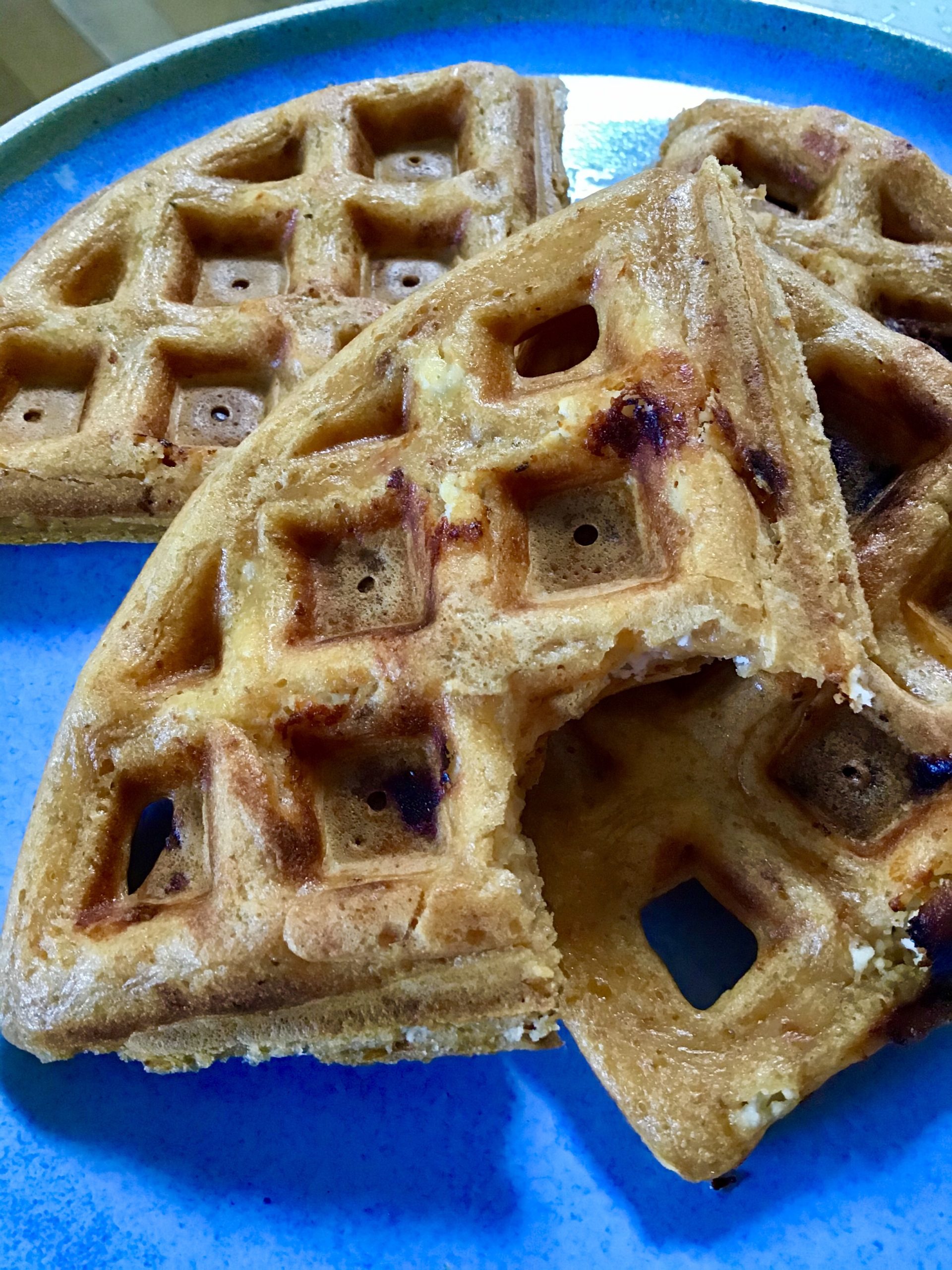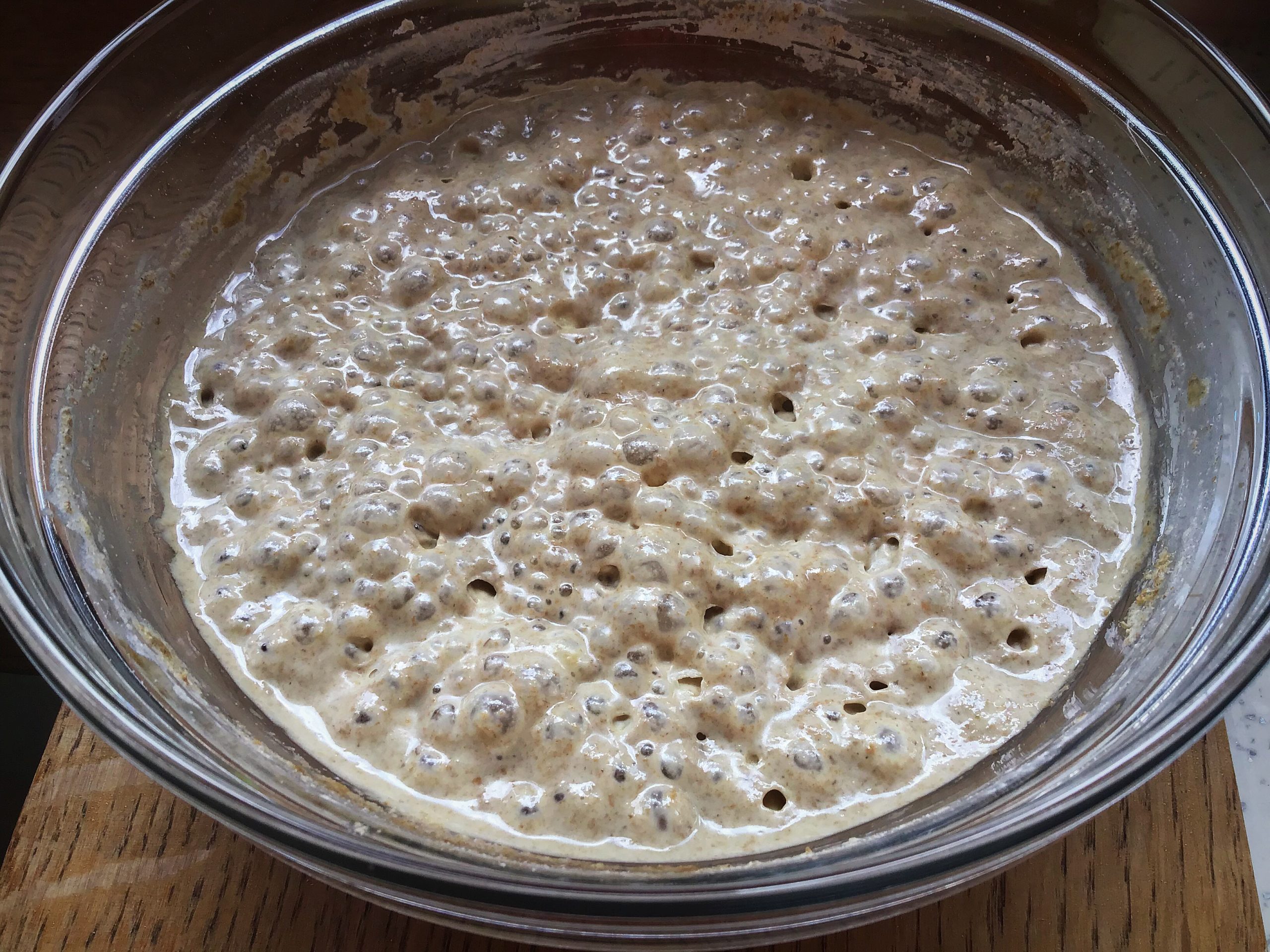
The massive surge of interest in sourdough during the lockdown has been amazing, I am literally inundated with messages and emails from dawn til dusk. A lot of them are from people asking for help as they make new starters, others are asking about how to use the various flours they’ve managed to get hold of.
If you’ve recently joined the sourdough fun and are making a starter, have made one, or are struggling getting flour, I thought I’d share some tips in case it’s useful..
*You only need small amounts of flour to make a sourdough starter.
*You can use any flour to make a starter, ideally not gluten free flour although it can be done, it will be a lot weaker.
*You don’t need to feed your starter the same flour it was made from if you’ve now run out.
*Once your starter is established, you only need to feed it to use it, daily feedings are no longer necessary.
*It doesn’t need feeding again to store it.
*Only feed your starter what it needs to generate what you need for your recipe, this way there’s no waste and you’re not using unnecessary flour.
*You don’t need to work to ratios or percentages.
*The flour you made your starter from does not need to match the flour you make your dough from.
If I can help anyone with their starter do let me know. And if you’ve got random flours and would like some ideas for using them I’m starters or doughs, let me know too.

